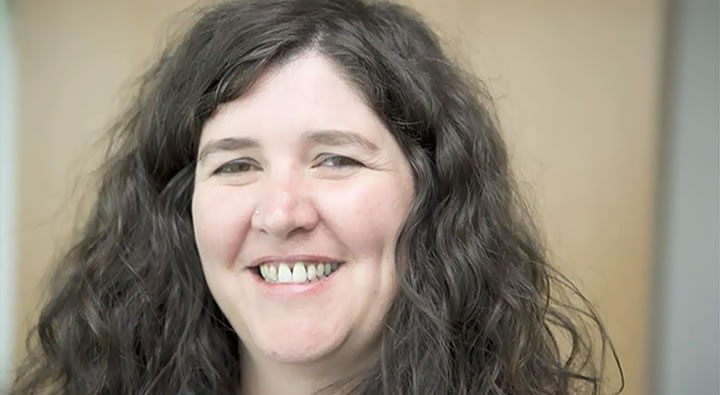
Small scale school-based inquiry is most often carried out using 'selected' case studies or 'sample' groups from within. For example, a class, a subject group, a year group, or the whole school.
Various methods for creating a sample exist, and the most appropriate method will depend on the nature of the study. These methods are normally classified as either 'probability' or 'non-probability' sampling.
Probability sampling is aimed at giving each 'item' (person, document, event, etc.) an equal chance of being selected. Perhaps the most commonly known example is a random sample. Other methods include selecting every nth item, or grouping items by some common feature and then randomly selecting within that group.
Non-probability sampling methods include 'convenience' (those items most easily accessed), 'voluntary' (those that self-select), 'purposive' (selected due to some feature of interest or normality), 'snowball' (selected by association with previous selections).
The subject of your inquiry will determine the type of data you collect, and thereby the data collection strategies used. Any data collected must be held securely so that it remains confidential.
The most common strategies used are:
- Interviews;
- Questionnaires;
- Observations;
- Document study.
The most appropriate strategy will depend on:
- The nature of the research question;
- The skills of the researcher.

Broadly speaking, interviews are a prompted monologue rather than a conversation. Many interviews are conducted face-to-face, but may also be carried out via telephone, web-link or email.
Interviewees may be individuals, or groups of people ('focus groups') with a common relationship to the research topic.
Structured interviews use a pre-determined set of closed and/or open questions. Informal (unstructured) interviews use open questions, and allow the interviewer to ask supplemental questions shaped by the previous answers of the interviewee.
A combination of both approaches is used within semi-structured interviews.
Be aware of the way that you set-up for an interview, so that the interviewee is as relaxed about the event as possible. It is best to sit close to the interviewee, especially if they are quietly spoken, but avoid directly facing them. Try to give a timescale for the interview, and stick to it.
Did you manage to record everything as Julie spoke? Did you miss anything Julie said because you were still recording her previous comment? Did you give up?
Making written notes during an interview can be difficult and potentially distracting for both interviewer and interviewee. It may be preferable to seek permission to make an audio or video recording which can be transcribed later.

Making written notes during an interview can be difficult and potentially distracting for both interviewer and interviewee. It may be preferable to seek permission to make an audio or video recording which can be transcribed later.

Questionnaires are most often used as a way of presenting questions to respondents without the researcher being present. This has advantages and disadvantages. For example, while it gives more flexibility about when it is completed, questions need to be accurately worded as further explanation from the researcher is not available.
They also allow for wider distribution by post or email and are less demanding on researcher time, although the response rate is less than for interviews.
The questions may be presented using a range of styles, from open and closed questions typically used in interviews, to more structured types such as rating scales and response grids.
Good questionnaire design is critical to accurate data collection, and a pilot trial can help iron out issues such as leading questions.
If you wish to find out more about questionnaire design read some of the following:

Observation is concerned with systematic watching and listening.
Observation is more than just looking and listening. There is a purpose to observation. This purpose may mean that it is necessary to ignore much of what is going on, in order to ensure that relevant events are not missed. We cannot, therefore, observe until we know what it is that we are looking for.
Watch this classroom video.
What did you see?
If you described the video to someone else, you would probably involve some form of interpretation. In other words you would have begun to analyse. From a research perspective, your interpretation may affect your data collection. Sometimes this is helpful, such as in action research. Within other designs, it is a factor to guard against.
Watch the video clip again, but this time focus on the communication. How many communicative acts take place? What modes of communication do you observe? What functions of communication do you observe? Who initiates the communication?
Structured observations have a defined focus and usually employ an 'observation schedule' to support data collection. This may use some form of coding in order to make recording quicker, and requires a definition of how each coding is applied in order to ensure consistency and accuracy of data.
Observation schedules created in advance can ensure that the data gathered meets the requirements of the study, and that it will be more easily analysed. Unstructured observations can still provide a great amount of relevant data, but typically require more involved analysis once the observations have been completed.
There is no need to collect information if it already exists (eg within school records). Additional permission may be needed to view it. Documentary data is frequently used in data 'triangulation' (the process of using more than one source and/or type of data in order to corroborate other results).
To be used in research, documents need to be:
- Authentic (from a trustworthy source);
- Credible (free from error or misrepresentation);
- Representative (consistent with other documents of its type, or have valid explanations for difference).

Cohen, L, Manion, L and Morrison K (2011) Research Methods in Education 7th edition London Routledge

